Automobili Lamborghini has announced the launch of a series of special videos as it celebrates the 50th anniversary of the Countach. The first, which you can view below, features an exclusive interview with the great Marcello Gandini, who recounts the legacy of the automotive icon, the Lamborghini Countach.
Gandini was the designer who was responsible for the futuristic lines of one of the worlds most iconic super cars. Created in a unique era when the stylistic and technical freedom of designers was all but absolute, the Lamborghini Countach changed the rule book for supercar design, lead by the guiding hand of Gandini.

That period of the 1970s was one of ultimate creativity and design, which coincided with the space race and the advent of high tech and modern computers. Influence was also drawn from the geometric pattern fashion trends of the era, with their explosion of bright colors and the advent of individualism and the jet age. It was therefore no surprise that the Countach ended up on the walls of the bedrooms of an entire generation.
Marcello Gandini looks back at the iconic Lamborghini Countach
1971: the debut with the “idea car”, the Countach LP 500
In the summer of 1970, Ferruccio Lamborghini pushed his team to produce a revolutionary car that could replace an icon that was the Miura. The new car had to be technically advanced and faster, and able to take on the mantle as the sports car that symbolized the 1970s. The 12-cylinder V12 engine remained but its displacement was increased from 4 to 5 liters, and its position on the car changed: from rear transversal to rear longitudinal. To be able to achieve this while avoiding the limitations of a rear overhang transmission, the company’s technical manager, Paolo Stanzani, invented a new technical solution, with the transmission placed in front of the engine, practically abutting the seats, and the propeller shaft passing inside the engine block.
From the stylistic viewpoint, Marcello Gandini, head of style at Carrozzeria Bertone, decided to abandon the rounded shapes that had distinguished the 1960s. He designed a very low and wide car featuring sharp edges, a shape that proved to be absolutely extraordinary.
Gandini decided to use scissor doors not only to fulfill a technical requirement resulting from the height of the side portion of the chassis but also to gain a few centimeters in width to make it easier to climb into the car. By opting for this solution, he met with Ferruccio’s approval for another innovation and, even if he wasn’t yet aware of it, he created what has since become one of the most distinctive features of all the 12-cylinder models produced in Sant’Agata Bolognese.
The extraordinary feature of the LP 500 lies in its sharp edges, which in the automotive industry became the stylistic symbol of the years to come, and gave birth to a model that remained in production with very few modifications for seventeen years.
It was precisely while working on the execution of this first prototype, called LP 500, which had to be ready for the Geneva Motor Show in March 1971, that the word “Countach” made its first appearance. It is an exclamation of the Italian Piedmontese dialect that indicates astonishment and admiration for something.
1973: the first generation, the Countach LP 400, was born
The Countach LP 500 was an instant and total success. However, the Countach was not ready. It was an “idea car” designed to test people’s reactions. When it was decided to begin development, it was put into production as soon as possible. Roughly two years of intensive work stretching over long days on the road, driven by the legendary New Zealander test driver Bob Wallace, were needed for the Countach LP 500 prototype to become a standard production car.
It was also exhibited at the 1971 Paris and Turin motor shows. A considerable number of modifications were subsequently made, which were linked to engine cooling and the air inlet into the engine compartment. This was why two Naca side air intakes and two ducts were added above the radiator’s air intakes to improve engine cooling. The shape of the nose was also changed slightly by being raised a couple of centimeters.
Following early road tests, the 5-liter engine was found to be not quite ready for production use, so it was replaced with a 4-liter engine. The Countach LP 400 went on to make its official debut at the Geneva Motor Show in March 1973, with chassis number #1120001. This prototype was very similar to the one that would go on to be the standard production car. Compared to the Countach LP 500, the LP 400 differs from a technical point of view, as it employed a tubular trellis frame instead of a self-supporting structure. As development continued, the body was also now made with aluminum rather than steel.
The car, presented in Geneva in the color red, was later exhibited repainted medium green at the 1973 IAA motor shows in Frankfurt, Paris and Earls Court London. Sold in Switzerland, it was relocated in the early 2000s and today is owned by Automobili Lamborghini and is on display at the company museum, the MUDETEC.
The standard production Countach had a differentiated diameter tubular steel frame, and utilised a fiberglass flat base and sheet metal panels, which were used to close the engine and luggage compartments. This extremely rigid construction kept the weight down, and was practically unaltered throughout all its years of production.
The venerable 4-liter (3929 cc) V12 engine employed no less than six Weber 45 DCOE twin-body carburetors, which developed 375 hp at 8000 rpm. The supercar was capable of a top speed close to 300 km/h making it more than a match for its rivals.
The LP 400 is considered by many to be the purest version of Marcello Gandini’s design, and with just 152 series units produced up to 1977, it is the most sought-after version by collectors today.
1978: the Countach LP 400 S
The LP 400 was replaced by the Countach LP 400 S from 1978. It sported the then new Pirelli P7 tires, which were a much lower profile and were mounted on newly designed magnesium rims (205/50 VR 15 on the front and 345/35 VR on the rear). The new rubber and wheels increased the cars aggressive stance, adding further to the appeal of the raging bull.
The LP 400 S featured wheel arch extensions which were needed to contain the larger tires. It also debuted an ultra-low front spoiler and an a optional rear wing, which would go on to become one of the most distinctive features of the Countach.
To this day, the LP 400 S is still considered to be the perfect example of the DNA of the Countach and Lamborghini, combining performance, alluring shapes and futuristic technology. Never before had a “normal” car with such a racing appearance been seen on the road, and it was the source of inspiration for each one of the subsequent Countach series. 235 units of the LP 400 S were built until 1982, when the LP 5000 S was introduced.
1982: the Countach LP 5000 S
In 1979 engineer Giulio Alfieri joined the company as Technical and Production Manager (and later General Manager), created was the 5-liter engine that was fitted on the LP 5000 S. It was officially presented to the world at the Geneva Motor Show in March 1982.
The new V12 engine developed 375 hp at 7000 rpm, with a 41.8 kgm torque at 4500 rpm, and it retained the six Weber 45 DCOE horizontal twin-body carburetors. Some US destined cars were fitted with the Bosch K-Jetronic electronic injection.
Aesthetically unrecognizable compared to the LP 400 S, it had a slightly revised interior.
A total of 323 units were produced until 1985 when the LP 5000 Quattrovalvole was revealed at the Geneva Motor Show in March 1985. It was also the first version of the Countach to be officially imported and type-approved for the USA market.
1985: the Countach LP 5000 Quattrovalvole
The Quattrovalvole adopted a new evolution of the venerable 12-cylinder engine, with displacement increasing to 5.2 liters. The head now featured four valves per cylinder, hence the model designation “Quattrovalvole”. The new approach required new Weber DCNF carburetors, which were now mounted vertically as apposed to horizontal in previous models.
The US market Quattrovalvole continued with Bosch KE-Jetronic electronic injection, which was combined with a catalytic converter to me US emissions standards. The revised engine saw power increase to an impressive 455 hp at 7000 rpm. The front track was increased by 4.4 millimeters to take account of the extra power.
On the outside however, aesthetic alterations were kept to a minimum, with the exception of a new engine hood, which was needed to clear the new vertical carburetors.
The QV in 1988 was also given side skirts that made its appearance even more modern. The US version is recognizable not only by its side repeaters, but also by its bumper profile applied to the rear panel and its oversized front bumper. The QV was the first standard production Lamborghini to use composite material, in this case for the engine hood. A total of 631 Quattrovalvole models were produced until 1988.
1988: the Countach 25th Anniversary
The Countach 25th Anniversary, the last evolution of the Countach project, debuted at the Paris Motor Show in September 1988. The need to replace the Countach was anticipated as far back as 1985, when engineer Luigi Marmiroli took over from Giulio Alfieri at the helm of the Automobili Lamborghini Technical Office. By now the Countach had been in production for over fourteen years, so it was decided to freshen up the model with a new version, the 25th Anniversary, named specifically to celebrate the company’s 25-year history.
The aesthetic updates were significant, while those made to the mechanics and chassis were minor. The engine was given an improved cooling system and the chassis was adjusted in a different manner to better adapt to the new Pirelli P Zero tires. The passenger compartment was revised and made more comfortable thanks to seats with less bolster and were electrically adjustable. Electric windows were also standard.
The body style of the 25th Anniversary was revised by the young Lamborghini employee Horacio Pagani. He rounded the Bertone wedge shapes and better integrated the wheel arch extensions and the plates under the doors.
In addition to the new modular aluminum rims, distinctive features of the 25th Anniversary are the rear air intakes, which were made rounder and longer in order to contain the hot air outlet. These modifications, some of which borrowed directly from the Countach Evoluzione prototype, improved the overall aerodynamics and down force for the 25th Anniversary Countach.
The very last Countach built was actually a 25th Anniversary, which was produced on July 4, 1990. The Europe specification car was painted Argento Metallizzato (metallic silver) and had a grey leather interior. This special Countach was car number 658 of the 25th Anniversary series. It was the most produced in Countach history, and carried the total production number of the Countach model to 1999 cars (without including the first LP 400). It has never been sold, and is currently on display at the MUDETEC musuem.
That final car brought to an end the remarkable run of Marcello Gandini’s most celebrated creation and 50 years on, his legacy and that of the Countach continues to influence the Lamborghini’s of today.


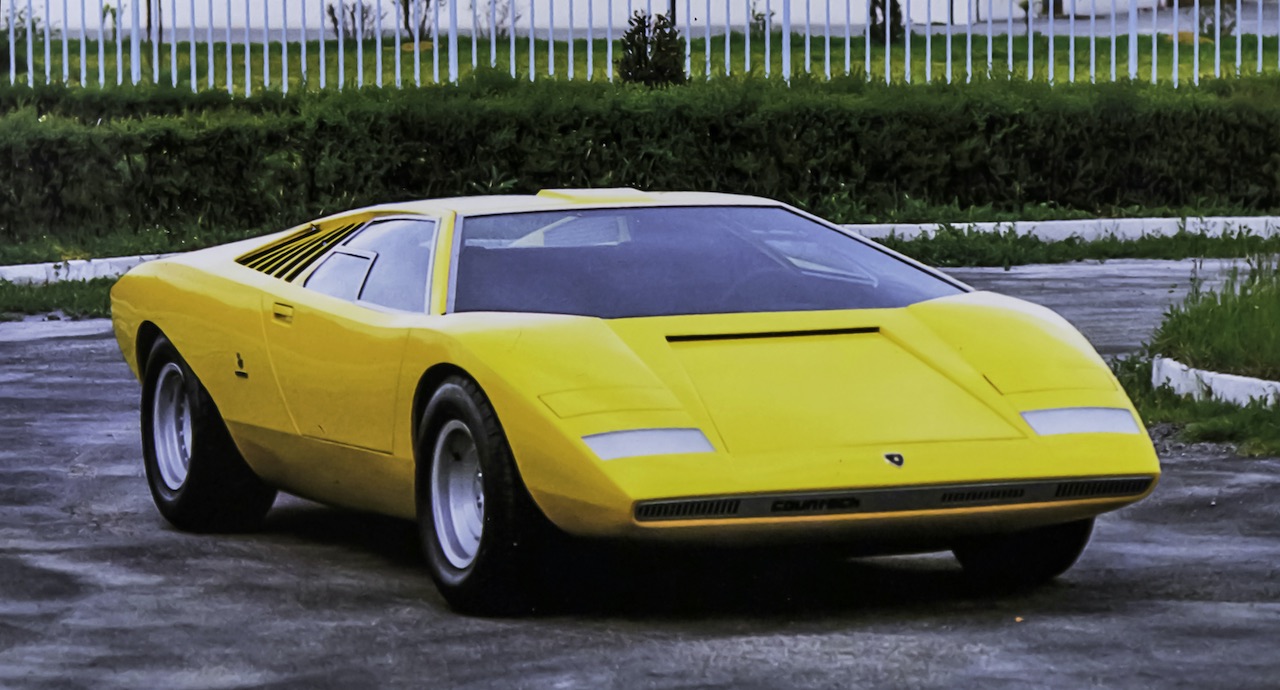



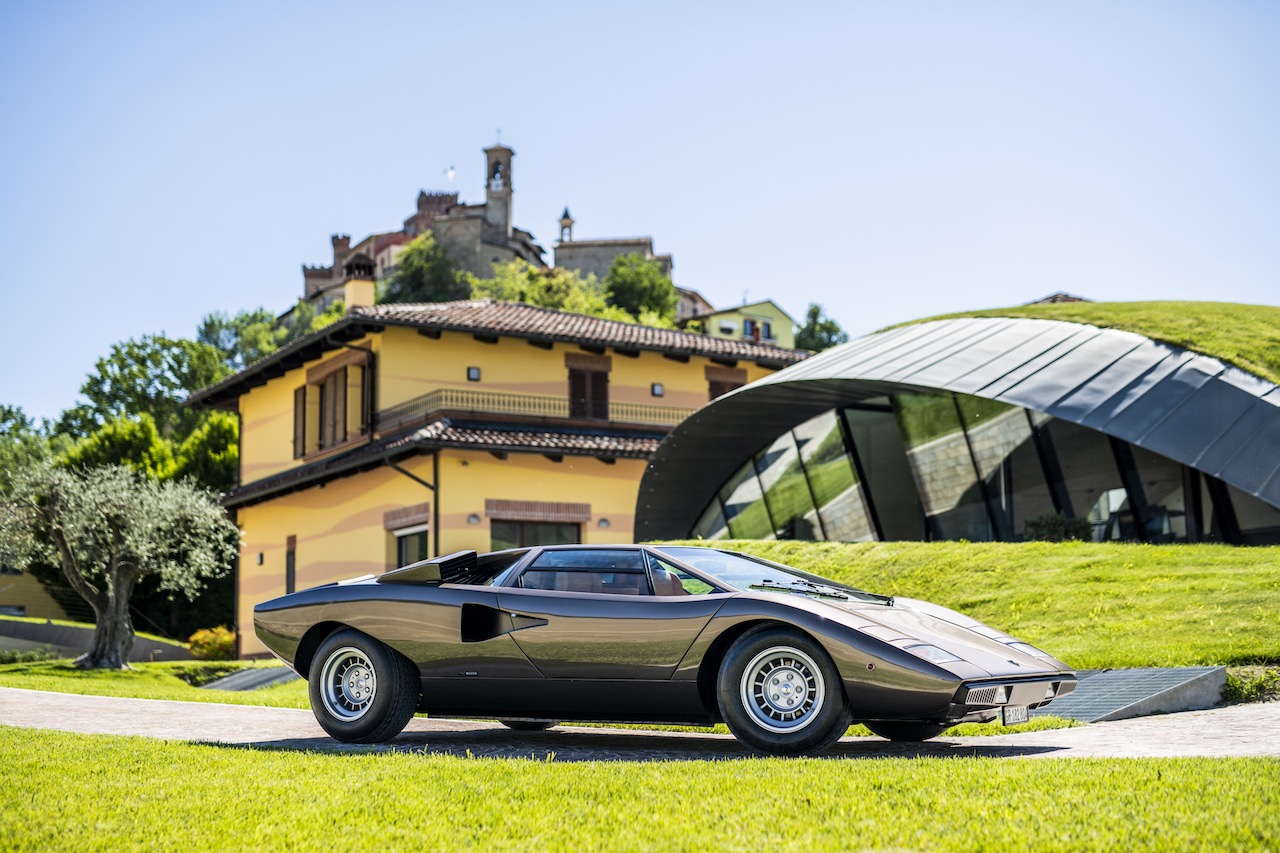




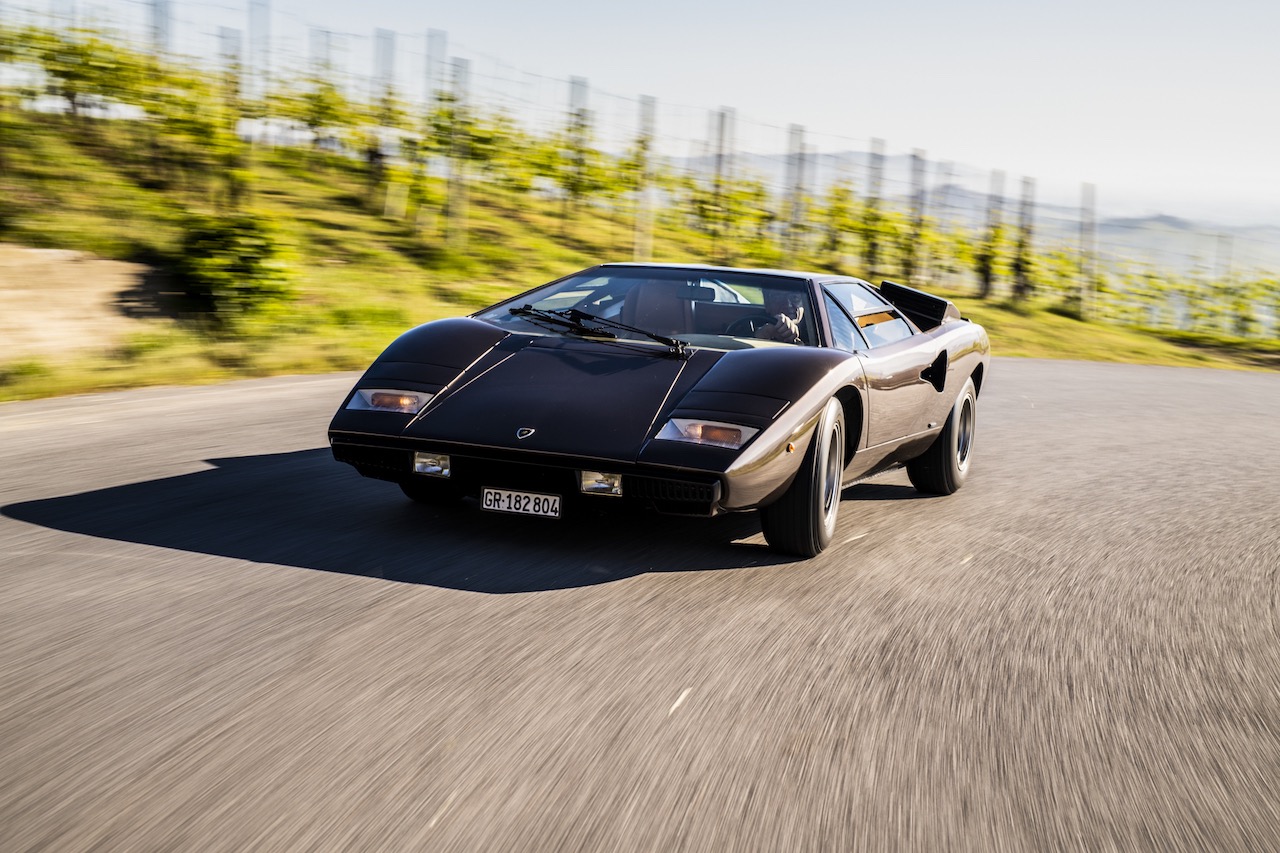


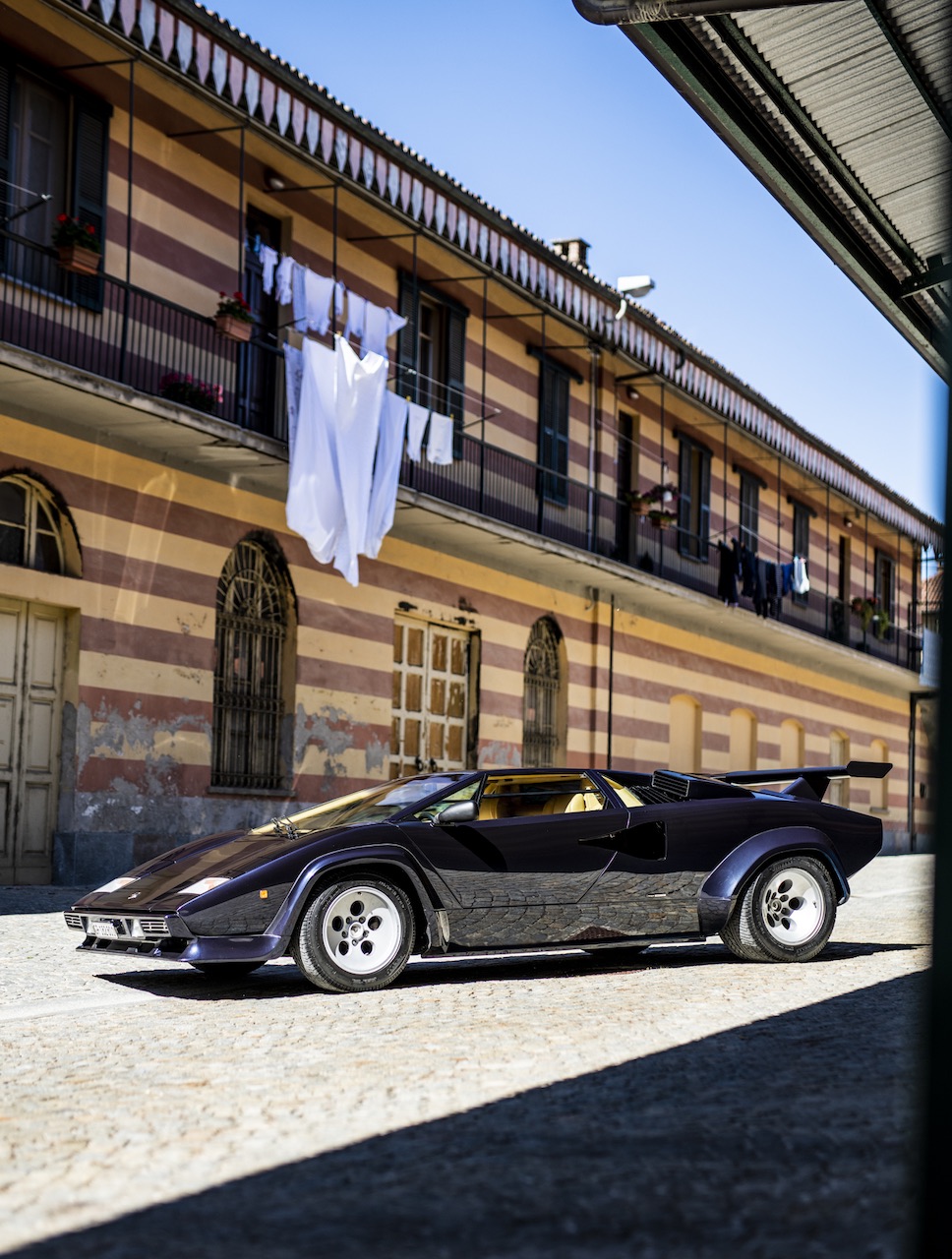








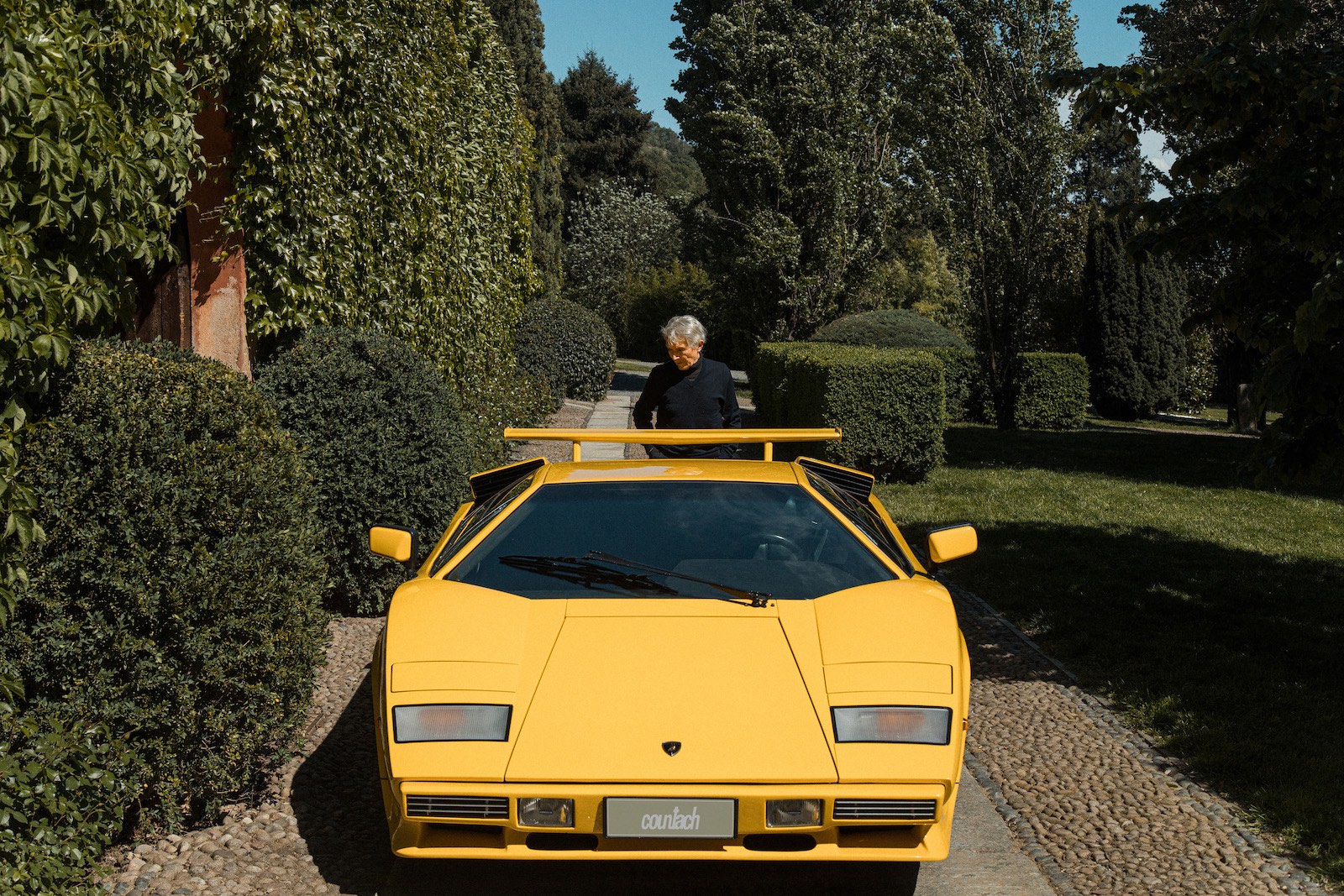




Pingback: Lamborghini rebuilds the original 1971 Countach LP 500